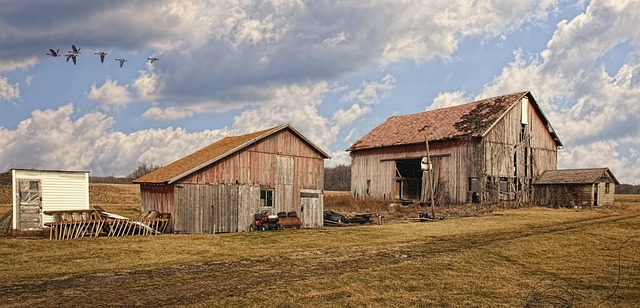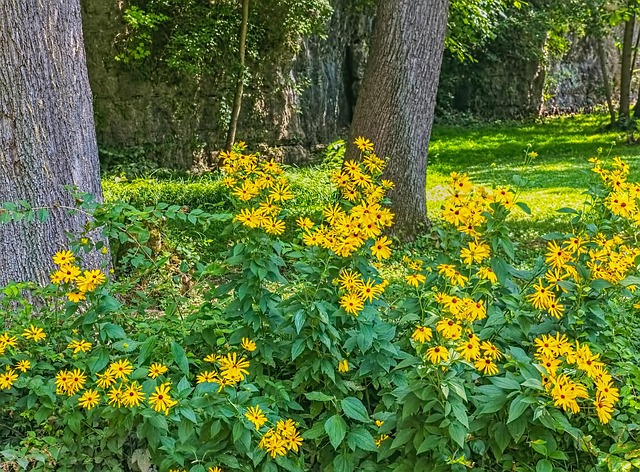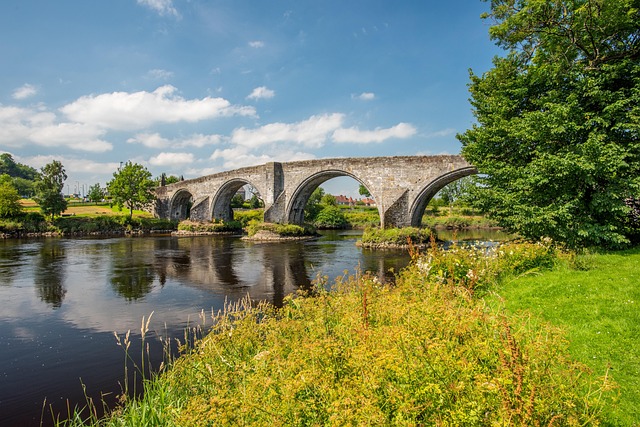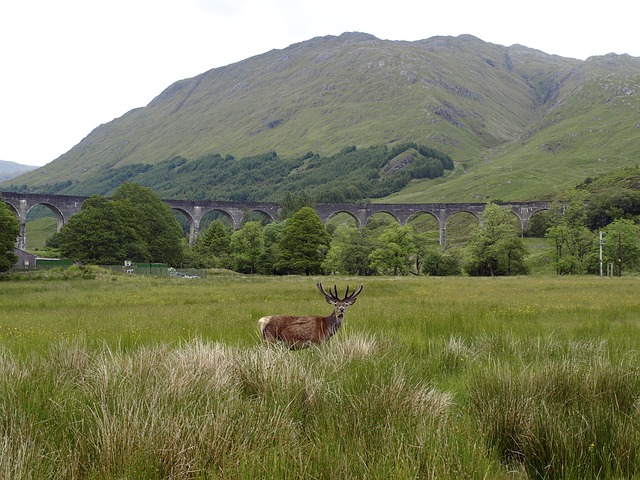Railway hubs, with their strategic locations and efficient transportation access, have become prime real estate opportunities, revitalizing urban areas and boosting economic growth. The convenience and connectivity offered by these stations attract businesses, residents, and visitors, while the integration of scenic train landscapes adds aesthetic appeal and fosters community. Developers are creating spaces that blend modern infrastructure with natural beauty, preserving unique local characters. Scenic train routes draw tourists seeking immersive experiences, impacting local economies positively through increased property values and tourism infrastructure investments. Integrating sustainable transportation into urban planning enhances a city's appeal, functionality, and livability, attracting businesses and tourists while reducing environmental impact.
Discover the transforming power of railway hubs as prime real estate opportunities in today’s world. From bustling stations to scenic train routes, these transportation centers are not just gateways but vibrant destinations attracting tourists and boosting local economies. This article explores how integrating sustainable transportation with urban planning can create thriving communities while preserving natural landscapes. Dive into the rise of railway hubs and their potential to shape the future of travel and real estate.
The Rise of Railway Hubs as Prime Real Estate Opportunities
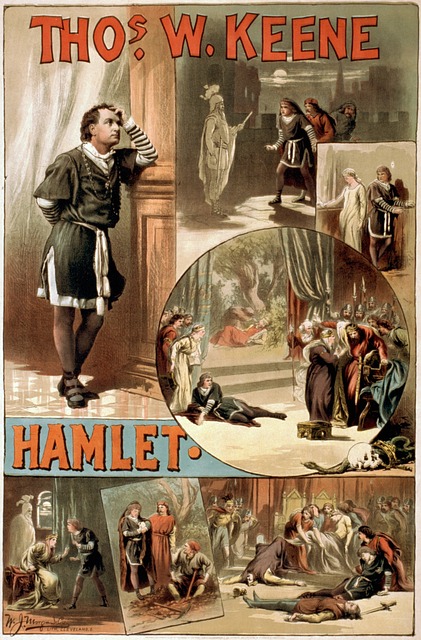
The concept of railway hubs as prime real estate opportunities has gained significant traction in recent times, transforming urban landscapes and driving economic growth. These strategic locations, often bustling with activity, offer more than just efficient transportation; they become vibrant centers that attract businesses, residents, and visitors alike. The surge in interest for properties near railway stations can be attributed to the convenience and connectivity these hubs provide, making them desirable for commercial and residential development.
In the realm of real estate, the proximity to scenic trains adds another layer of appeal. These picturesque landscapes not only enhance the overall aesthetics but also contribute to a sense of community and well-being. Developers are increasingly recognizing the potential of integrating natural beauty with modern infrastructure, creating spaces that cater to diverse lifestyles while preserving the area’s unique character.
Scenic Train Routes: Attracting Tourists and Boosting Local Economies
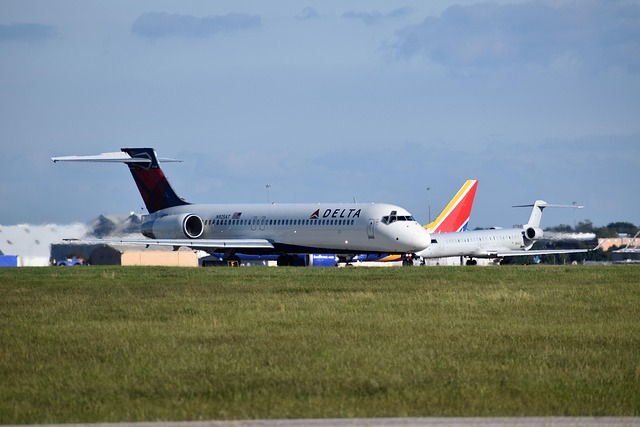
Scenic train routes have emerged as a powerful attraction, drawing tourists from near and far. These visually stunning journeys offer more than just transportation; they provide an immersive experience that allows passengers to appreciate the natural beauty surrounding them. As trains traverse picturesque landscapes, they become mobile platforms for storytelling, capturing the essence of the regions they pass through. The impact on local economies is significant, as tourists are inclined to explore and support businesses along these routes, from cozy cafes offering panoramic views to artisanal shops showcasing regional crafts.
The integration of scenic train services into a railway hub can be a game-changer for real estate development. Areas with easily accessible, beautiful train journeys often experience increased property values and a surge in tourism infrastructure investments. This synergy creates a positive feedback loop, where enhanced natural attractions lead to improved local amenities, further encouraging both domestic and international visitors to explore and immerse themselves in the region’s unique charm.
Integrating Sustainable Transportation with Urban Planning

Integrating sustainable transportation, such as scenic trains, into urban planning is a game-changer for modern cities. By prioritizing eco-friendly mobility options, urban areas can transform into vibrant hubs that cater to both residents and visitors. This approach not only reduces carbon footprints but also revitalizes real estate values in surrounding neighborhoods.
Cities that embrace these changes often see an increase in walkability, bike-friendliness, and overall livability. The presence of a railway hub with scenic routes can inspire urban designers to create interconnected networks that encourage active transportation, thereby decreasing traffic congestion and air pollution. This harmonious blend of efficient travel and aesthetically pleasing landscapes contributes to a city’s unique character, attracting businesses and tourists alike.

